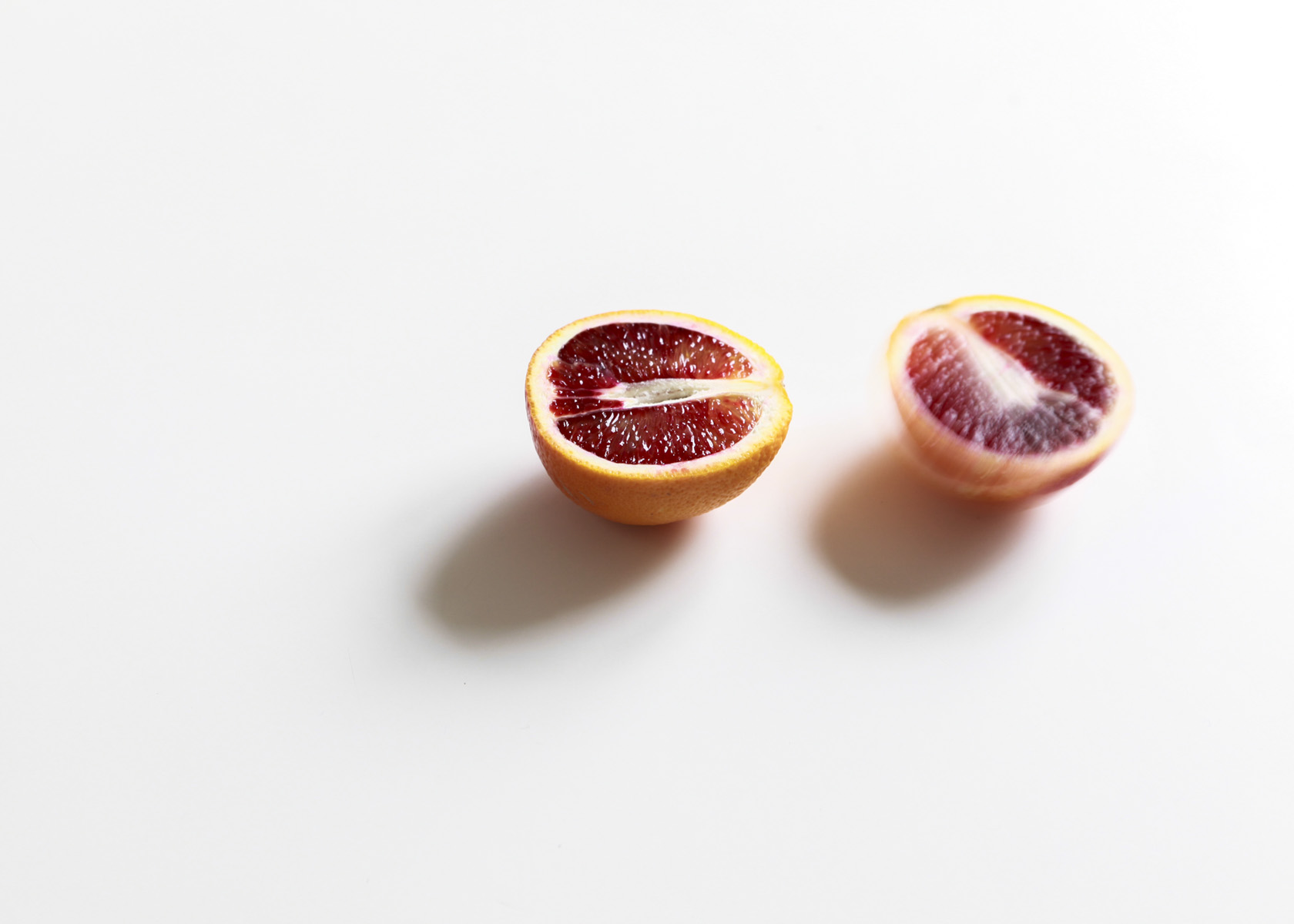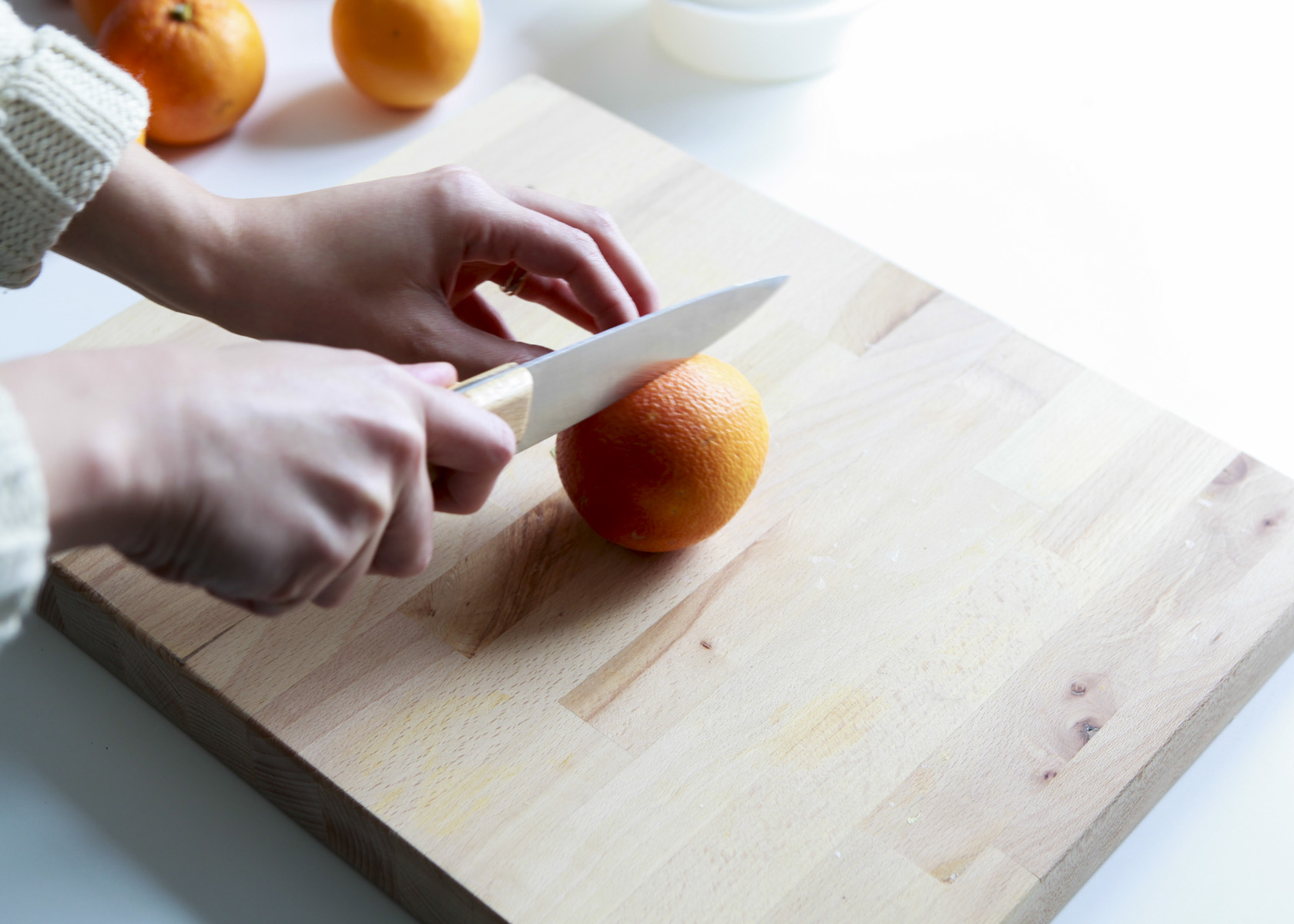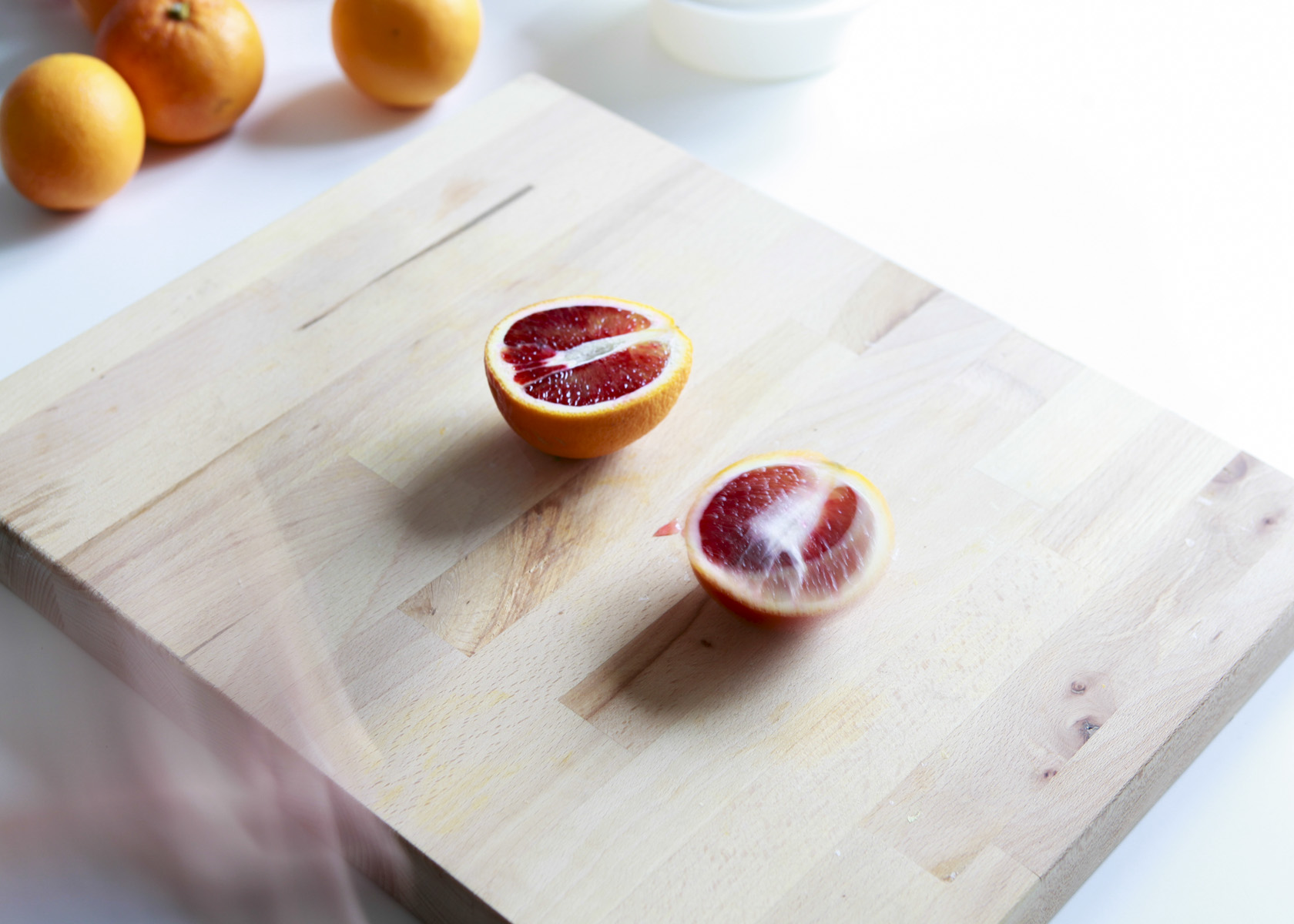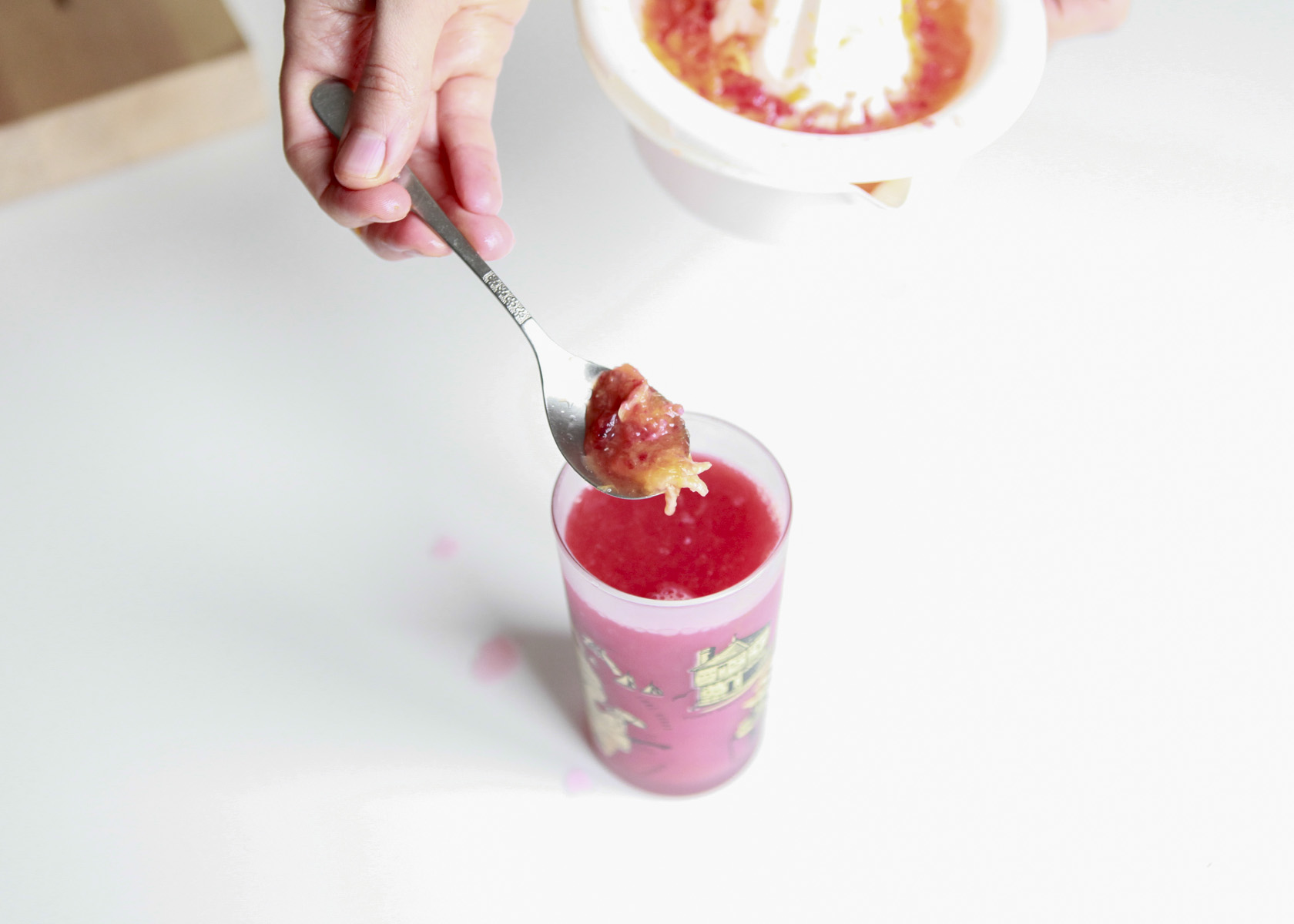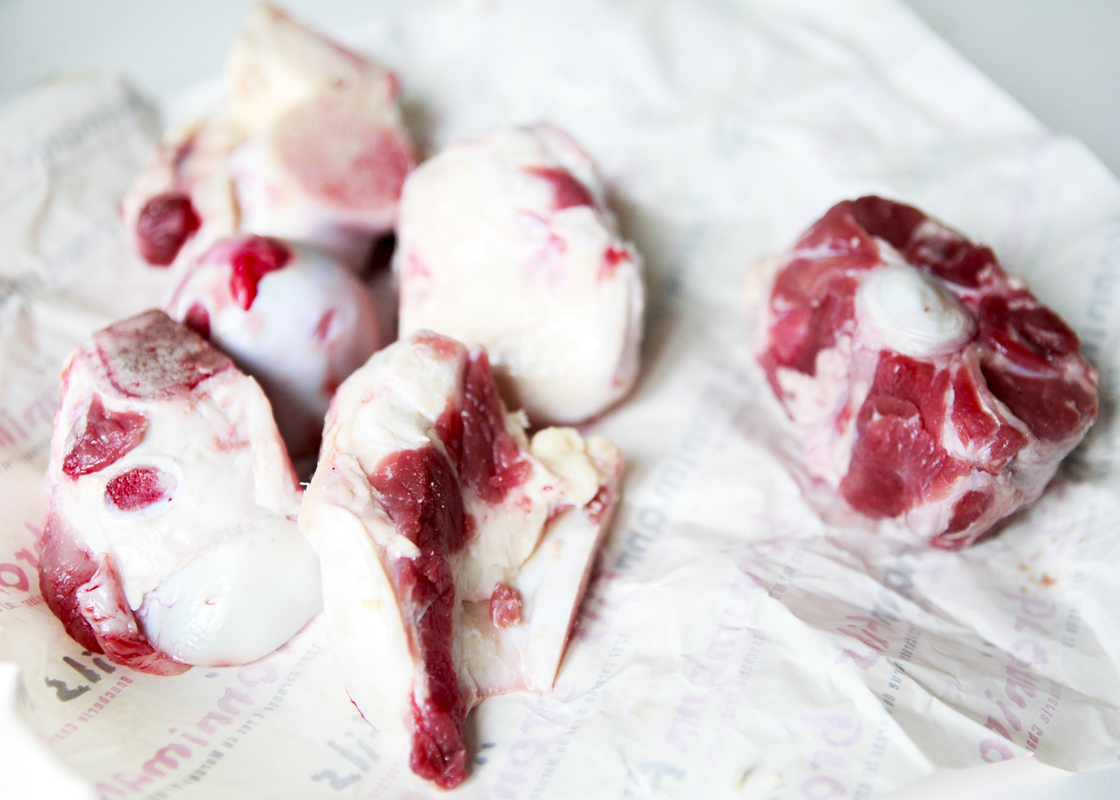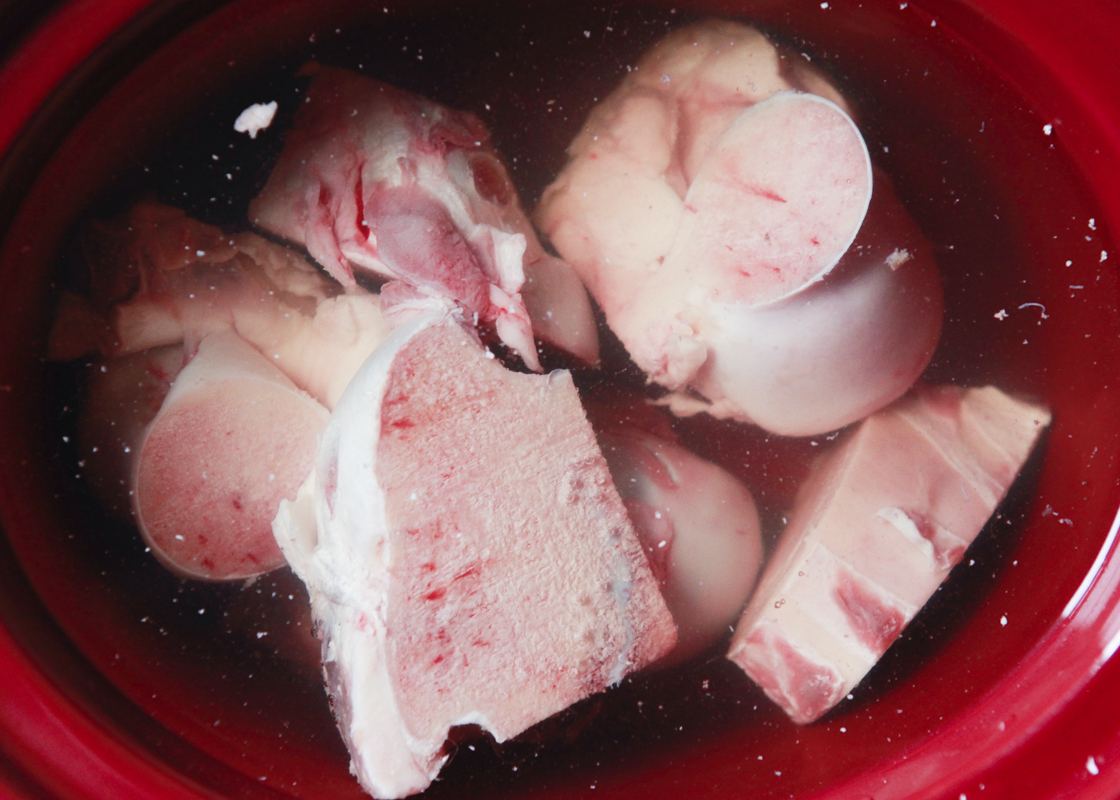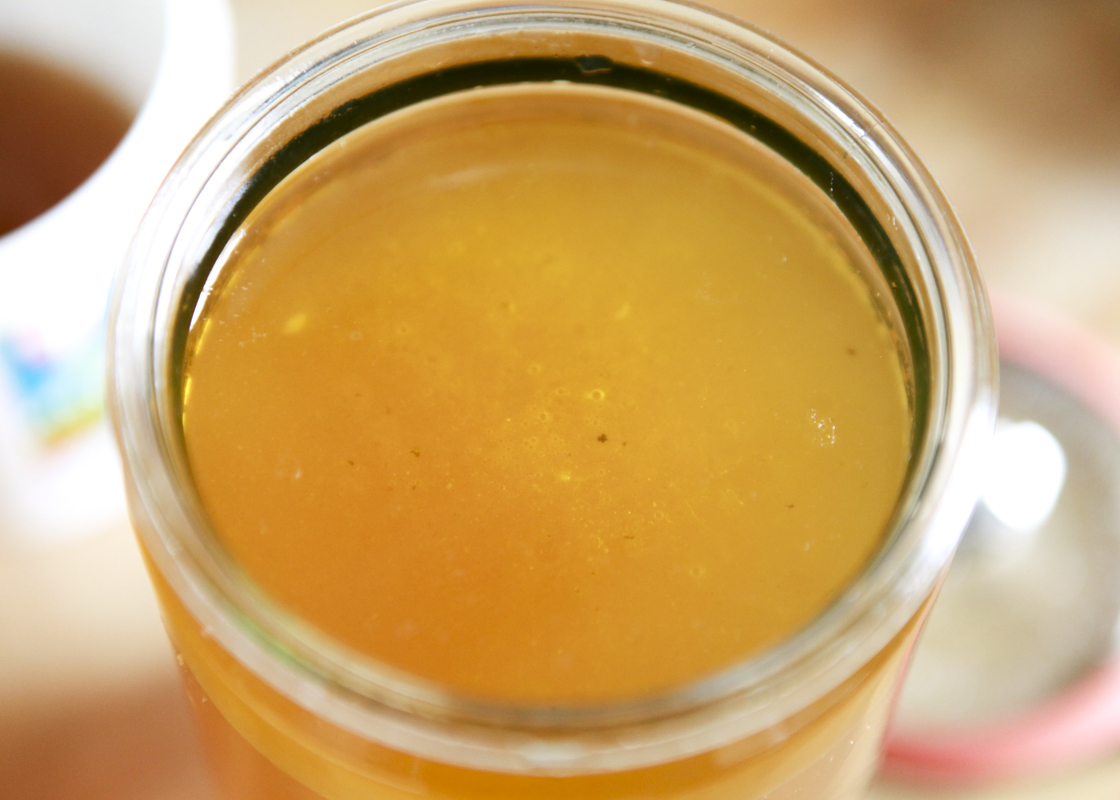Blogger’s Note:
Late winter speaks to my senses for one main reason: citrus-season, specifically, blood-orange-season. This just so happens to coincide with another, more recently-invented season: detox-season. And as this article is about to straight-up DISS the notion of the liver-detoxifying juice fast, I thought, to be fair to juice (which is not ALL bad), I’d include some representation of the magick that is a glass of freshly squeezed OJ, in this case, BOJ, on a grey January day.
Raise your hand if you’re an internet-nutritionist (or I-N, for short).
You know, an avid reader of nutritionally-bent food-blogs, skimmer of nutritionally-bent articles, poster of nutritionally-bent hash-tags. #goglutenfree #eattherainbow #makebrothyourbitch
(Okay, that last one might just be me).
No need to be timid. If not for that certificate in holistic nutrition I earned last year, one hand would be raised, while the other would be drinking a green juice out of a glass jar with a glass straw.
As a millennial, I like to say that I grew up before kale was cool. Nutrition was a class in high school where we learned how to read the nutritional value of a bag of potato chips or a box of macaroni and cheese. Whole Foods didn’t yet exist (at least in my Midwestern suburb) and the idea of “gluten-free” would have, as it still does today (see: this video), perplexed.
Things were different back then, our diets were high in processed foods—for example, my high school cafeteria’s menu consisted of foods I had thought exclusively reserved for roller-rinks (including slushies)—and it’s no wonder that many of us have become keenly aware of the affect food has on our bodies or, in other words, nutrition.
Nutrition has become more than just a mandatory high school class. It’s a way of life, an alternative path to find wellness not in pharmaceutical pill, but in everyday choices: breakfast, lunch, dinner, snacks (oh, snacks).
The accessibility of nutritional information on this world-wide web has brought nourishing food into so many lives, including my own. Access to so much and such varied information is empowering. After beginning my investigations as an I-N, my diet certainly improved, shifting more and more away from the processed and moving closer and closer toward the whole.
As my passion for nutrition blossomed, my diet become, in fact, quite strict: consisting only of whole foods, organic foods, super foods and the like. I was eating “clean”, dry skin brushing every day, exercising, meditating, following all of the rules I’d read about and then some.
Including detox.
I know my fellow I-N’s know what I’m talking about. You’d be hard-pressed to find a holistic nutrition book, or blog for that matter, that doesn’t push the necessity for detoxification, specifically the detoxification of your detox organ, your liver.
I find the conversation often plays out like this:
Wait a minute, if the liver is our detox organ, meaning its job is to remove toxins from our bodies, then why would we need to detoxify it?
Are you aware of just how many toxins you come into contact with each day? With every breath you take? Your liver is under SIEGE. You may be eating and living clean and even dry-skin brushing, but it’s actually not enough to cope with your toxic, toxic body.
I’m confused. If I’m eating “clean”, living “clean”, then wouldn’t that mean that there aren’t actually that many toxins for my liver to require any sort of detoxification protocol?
Shhhh… Shhhh…Here, have a bliss ball.
The internet is a tangled place with misinformation existing alongside what is researched, referenced, unbiased. I decided to study holistic nutrition more formally in order to untangle some of what I encountered as an I-N and I found that holistic nutrition is, in its own way, just as tangled.
This is why, when it comes to your health, whether in the classroom or on the web, it’s crucial to question your sources (yes, even this blog). No one (I hope) is deliberately feeding you misinformation, but they may be passing along knowledge from an, ahem, let’s say, muddled source.
I know it’s not as sexy as a few quick sentences about how candida is totally the culprit for, literally, everything that ails you, or how omega 6’s should burn in the fiery depths from which they emerged and ruined our diets/lives (actually, we need them, y’all). But it’s better. I promise it’s better, because you’re less likely to undertake a protocol that is unnecessary and, often, potentially damaging.
Which brings me back to the ol’ liver detox.
One of the most popular methods of accomplishing this is through a juice fast. My first (and last) was back in 2012, during my prime I-N days. I’d read on one of my favorite nutritionally-bent food-blogs that a juice fast was crucial in keeping your liver in good shape. If you felt fatigued, brain fog, if food just didn’t charm you the way it used to, then your liver was screaming for a detox, if only you’d listen, you dirty, dirty minx.
A juice fast is believed to aid detoxification for a few reasons. Below, I offer a very concise (concise in a very loose sense of the word) explanation of why & a resulting explanation of how this belief is inaccurate:
Liver: the Detox Organ
The liver is sometimes misunderstood as a storage center for toxins, when, in a healthy body, it actually functions more like a filter, making toxins water soluble so that they can leave the body via urine, sweat and bile. When I say that the liver makes toxins water soluble, it’s important to consider that many toxins—including those found in drugs, alcohol, and processed foods—are fat-soluble.
So you can say that the liver detoxifies by filtering toxins from the blood and converting them from fat-soluble to water-soluble so that they can be removed. This happens in two stages, Phase I and II, both which require enzymes to function properly. (More on that later.)
When there’s an overload of fat-soluble toxins—more than the liver can convert—they’re stored in the fat cells of the liver. This can lead to fatty liver disease. This typically means that alcoholism, drugs (including pharmaceuticals), and processed foods are a big part of your life. This typically means that you will have had this diagnosed by a medical doctor.
This is a reason to detoxify your liver. This is when your liver truly needs assistance.
But (as you’ll soon see), this is also when a juice fast is especially inappropriate.
To Juice or Not To Juice
While juice fasting, your caloric intake is drastically reduced and is limited to carbohydrates with nary a fat or protein in sight. Due to the reduction of your caloric intake and your lack of protein and fat consumption, your body begins to rely on fat stores for energy. During the conversion of stored fat to usable energy, your body releases fat-soluble toxins into your blood.
This release is, in fact, the premise of the juice-fast: to get those pesky fat-soluble toxins into your blood and into your liver for processing.
However, the amount of toxins your body is releasing is way, way, way higher than the amount your liver is used to filtering. And remember, these toxins are fat-soluble, meaning they’re actively seeking out fat. If your liver is unable to process them, they find themselves a comfortable home in the fat-cells of your liver.
Mon dieu! You mean that by triggering the release of fat-soluble toxins into the bloodstream, I’ve actually pushed them into the fat-cells of my liver much like in fatty liver disease?
Yep. Pretty much.
(More on the enzymes, now.)
Your liver needs enzymes to function, to convert fat-soluble toxins to water-soluble ones. In the case of a juice fast, there just aren’t any enzymes to go around.
But, why wouldn’t there be enzymes?
Because you’ve stopped eating protein and amino acids (the building blocks of protein) are crucial in the elimination of fat-soluble toxins. You’ve also stopped eating fat and as many enzyme-helping vitamins (A, D, E) involved in the liver’s detoxification process are fat-soluble, you can see how you’re doing your liver way, way, way more harm than good.
Tabitha Farrar, who writes extensively on detoxification protocols, sums this whole mess up beautifully. She writes,
Imagine the fats in your body are like the oil in a car. If the oil is dirty you simply change it for fresh, clean oil. A relatively simple process where the dirty oil is taken out and thrown away. In the human body the toxins stored in fat cannot simply be taken out and thrown away. But they can be gradually removed. If you body were a car, it would be a case of each day putting in a little fresh oil, causing the dirty oil to overflow out and leave. Its happening, the oil is getting less toxic, but not all in one go. There are not many systems in the body that just change instantly. By design our bodies tend to change themselves incrementally. For this reason, it might be a better idea to consider a liver cleanse as a long term habit of healthy eating rather than a short bout of justice cleansing.
(See more well-researched information here)
During my juice detox, I was more tired, more foggy-brained than before. Much of my time was spent juicing, or cleaning my juicer and much of my paycheck was spent on organic veggies & organic exotic fruits (a girl can’t drink cucumber juice the whole time). Food sure was charming again, but I attribute this more to the fact that my body was, essentially, malnourished than my liver being cleansed.
I’m sharing this with you because we’re deep in the midst of detoxification season. If you’re reading this (which means you’ve at least skimmed through the last 1,500 odd words), it means you’re probably an I-N at heart and you’re probably already making those everyday choices toward a healthier, more-nourished self.
 I say, ditch the detox this season and focus on eating (and doing) more of what nourishes you. Remember, health is a journey, not a list of ailments waiting to be fixed.
I say, ditch the detox this season and focus on eating (and doing) more of what nourishes you. Remember, health is a journey, not a list of ailments waiting to be fixed.
References:
Farrar, Tabitha. May 19th, 2014. Cleanses and the Liver. http://tabithafarrar.com/2014/05/cleanse-blog-liver/
